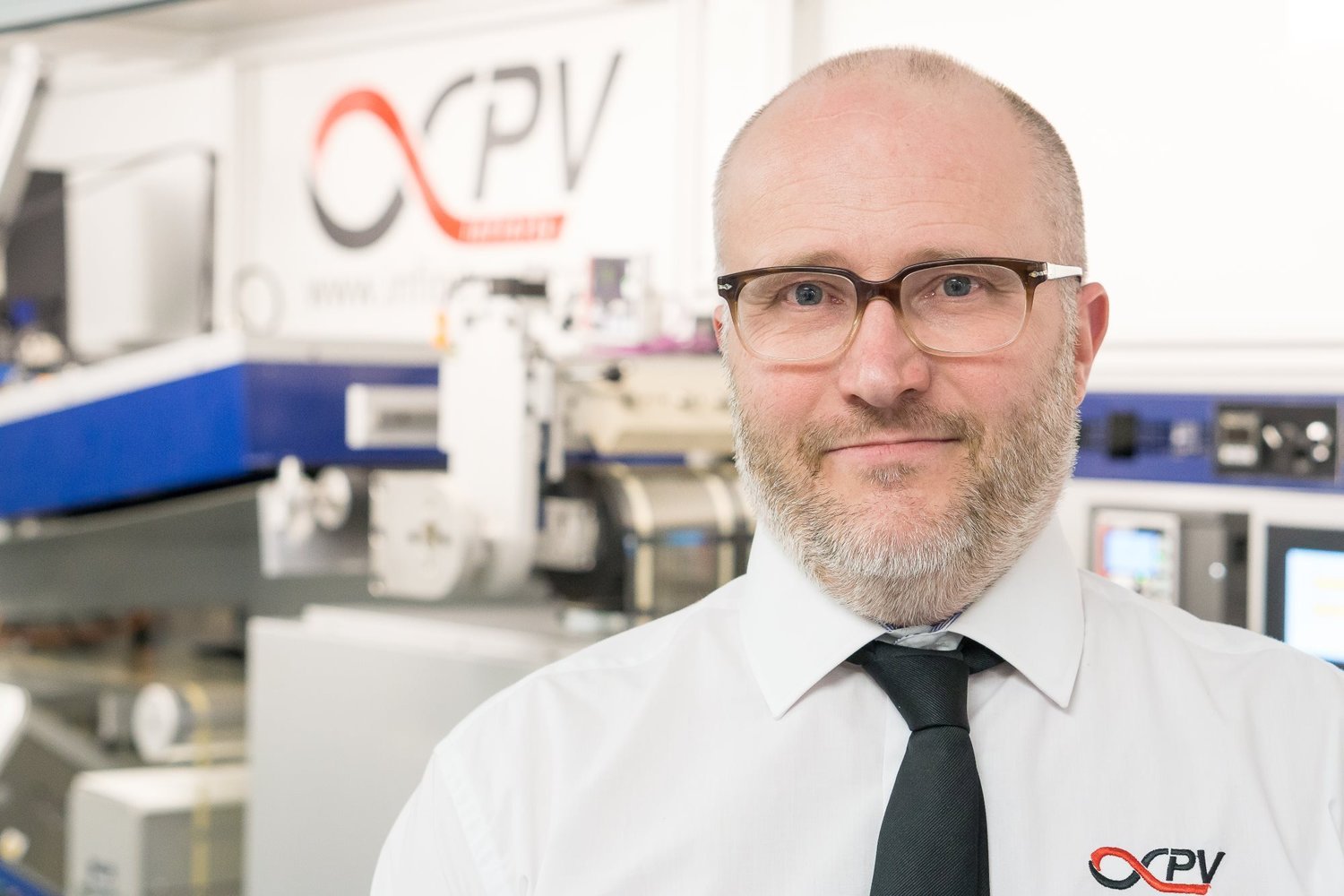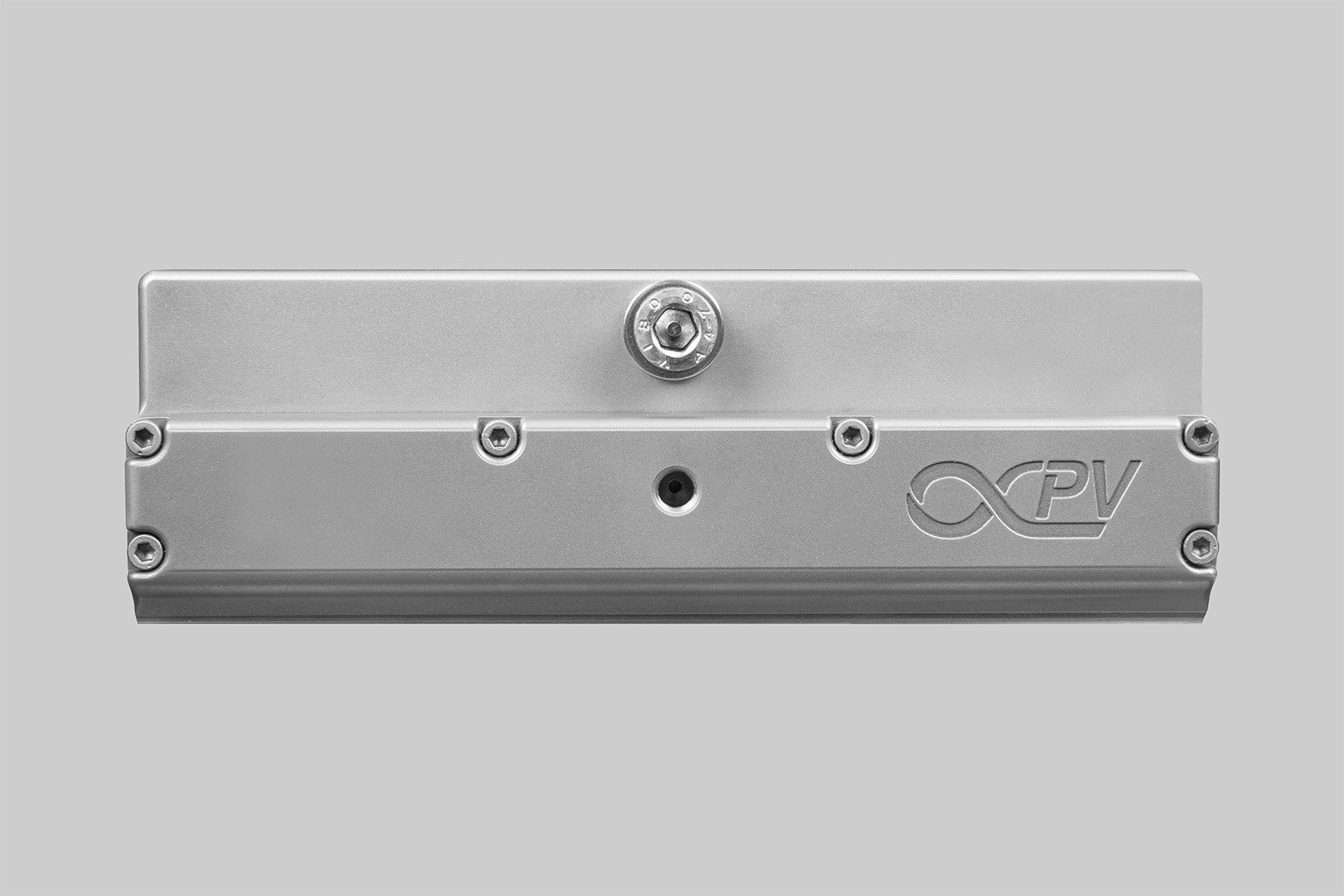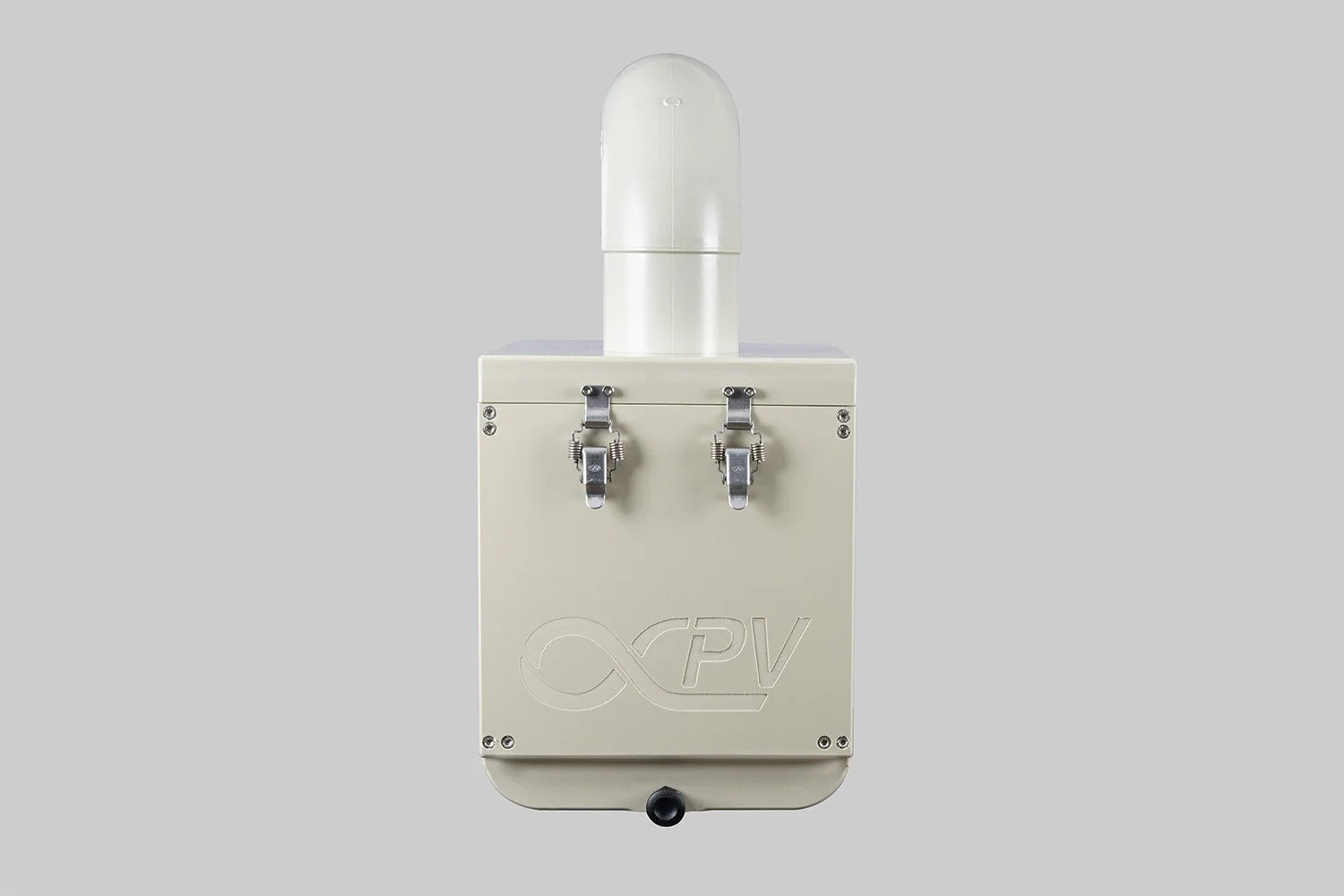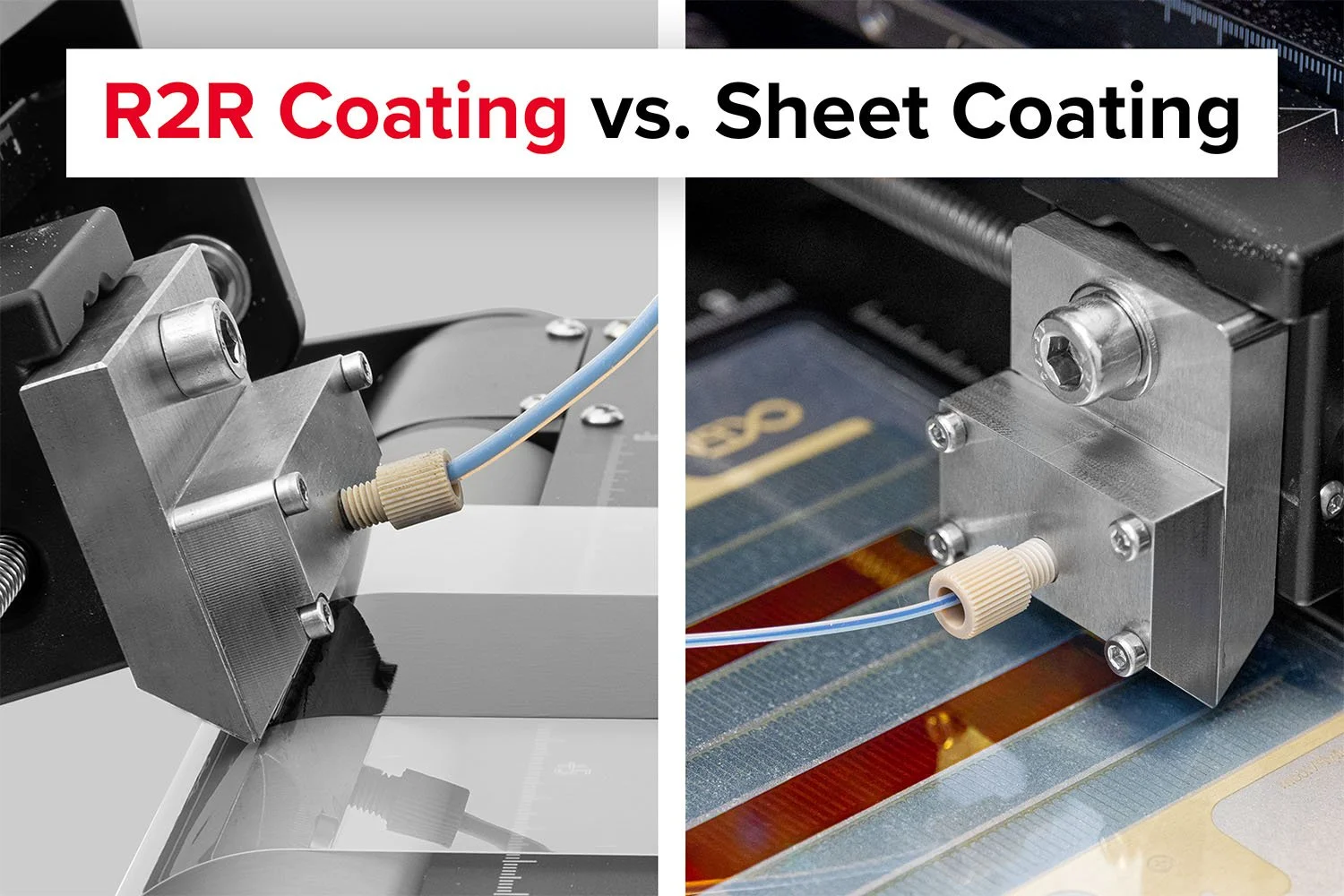How Researchers Used the Laboratory Roll-to-Roll Coater to Manufacture High-Performance Carbon Electrodes for CRP Biosensing
All carbon electrode films were coated using the Laboratory Roll-to-Roll Coater
In a recent peer-reviewed study, researchers demonstrated how the Laboratory Roll-to-Roll Coater can be used to fabricate high-performance carbon electrodes for advanced diagnostic applications. Their work highlights how the system enables continuous, uniform slot-die coating of conductive films on flexible substrates, providing a scalable route to electrochemical sensors for the detection of C-reactive protein (CRP), a key biomarker of inflammation. The study shows that the coater delivers the level of reproducibility and film quality required for next-generation medical and wearable technologies.
Why the Study Was Conducted
CRP is widely used in clinical diagnostics to assess inflammation and disease risk. Achieving reliable and sensitive CRP detection requires electrodes with uniform conductivity, consistent geometry, and high reproducibility across batches. Traditional fabrication methods often struggle with variations in coating thickness or surface properties, especially when transitioning from small-scale prototypes to larger-scale production. The Laboratory Roll-to-Roll Coater offered a path to overcome these limitations by enabling continuous deposition of graphite and carbon black films under controlled slot-die conditions.
The researchers aimed to establish a scalable, material-efficient process that met the demands of modern biosensor manufacturing. Critical needs included:
Consistent coating thickness and uniform electrical properties
Low material waste during deposition
Compatibility with flexible PET substrates
A straightforward route to miniaturized electrode patterning
Their goal was to create a process that connected laboratory R&D to industrial-scale production without sacrificing precision.
How the Laboratory Roll-to-Roll Coater Was Used
The team used the Laboratory Roll-to-Roll Coater equipped with a commercial slot-die head to continuously deposit a conductive ink composed of graphite, carbon black, and PMMA onto PET foil. The coating process produced uniform films with an average thickness of about 15 micrometers, while using only 1 milliliter of ink per meter of coated substrate, corresponding to roughly forty electrodes per milliliter. All deposition occurred under ambient laboratory conditions, making the workflow accessible and cost effective.
After coating, the carbon layer was patterned using laser ablation to define the electrode geometries. This digital approach avoided photolithography and enabled rapid iteration during development. The resulting slot-die carbon electrodes formed the basis for the sensing platform.
To prepare the electrodes for CRP detection, they were decorated with gold nanostars to improve electron transfer, followed by functionalization with streptavidin and biotinylated anti-CRP antibodies. Electrochemical impedance spectroscopy was used to evaluate CRP binding by monitoring changes in charge-transfer resistance.
Laser-Patterned Slot-Die Carbon…
Key Findings from the Study
The continuous slot-die coating process produced highly uniform and reproducible carbon films suitable for electrochemical sensing. The electrodes showed reliable structural and electrical properties across the coated area. Gold nanostars further enhanced performance by increasing the electroactive surface area and reducing charge-transfer resistance.
Key performance outcomes included:
A linear detection range between 0 and 2 nanograms per milliliter
A limit of detection of 11.5 picograms per milliliter
Strong selectivity against common inflammatory biomarkers
Good long-term stability during storage
Strong agreement with Luminex clinical assays when tested using human serum samples
These results confirm that the slot-die fabricated electrodes meet the analytical standards required for practical diagnostic applications.
What This Means for Your Research
For researchers working in diagnostics, printed electronics, flexible sensors, or biomedical engineering, this study offers clear evidence of the value of the Laboratory Roll-to-Roll Coater. The system allowed the team to produce high-quality thin films in a continuous workflow, integrate precise patterning steps, and generate reproducible devices that performed reliably in peer-reviewed testing.
The approach also reduced material use, eliminated specialized processing environments, and provided a scalable route that can translate from laboratory conditions to full manufacturing. The study shows that the Laboratory Roll-to-Roll Coater is not only a development tool but a proven platform for producing real-world biosensing devices with clinical relevance.
How Can We Help With Your Research?
Need help with slot-die coating, coating machines, or any related applications?
Contact infinityPV’s experts today for professional guidance and support.














Probably the World’s Most Compact R2R Slot-die Coater: A compact, fully integrated roll-to-roll coating platform for laboratories, complete with a mounting system, anodized rollers, a syringe pump, a 65 mm stainless slot-die head and an infrared oven system—delivering unmatched precision and scalability.